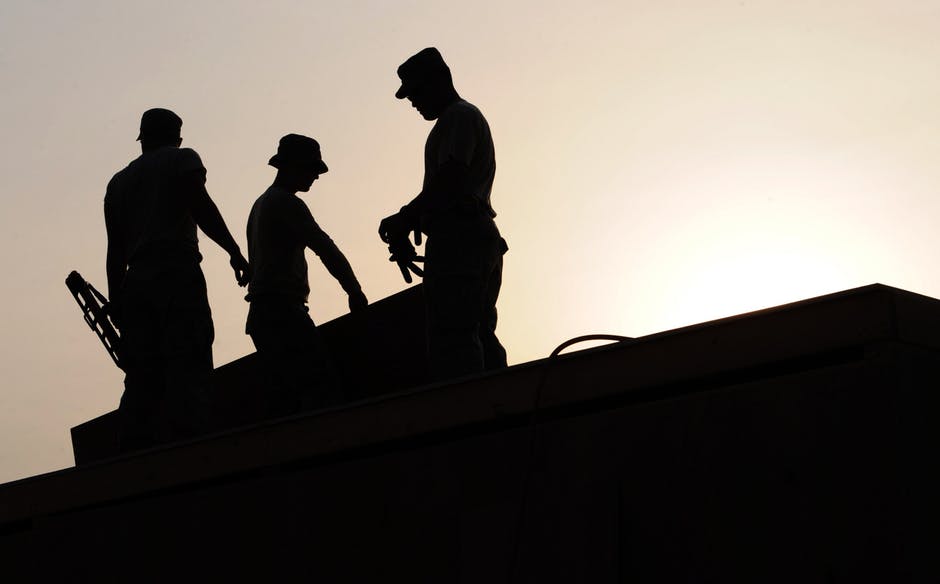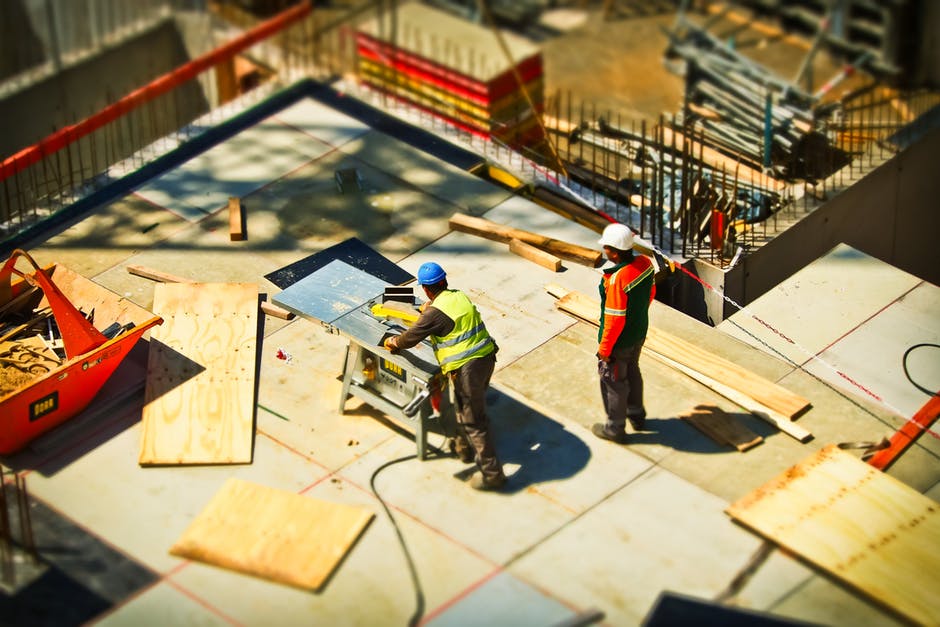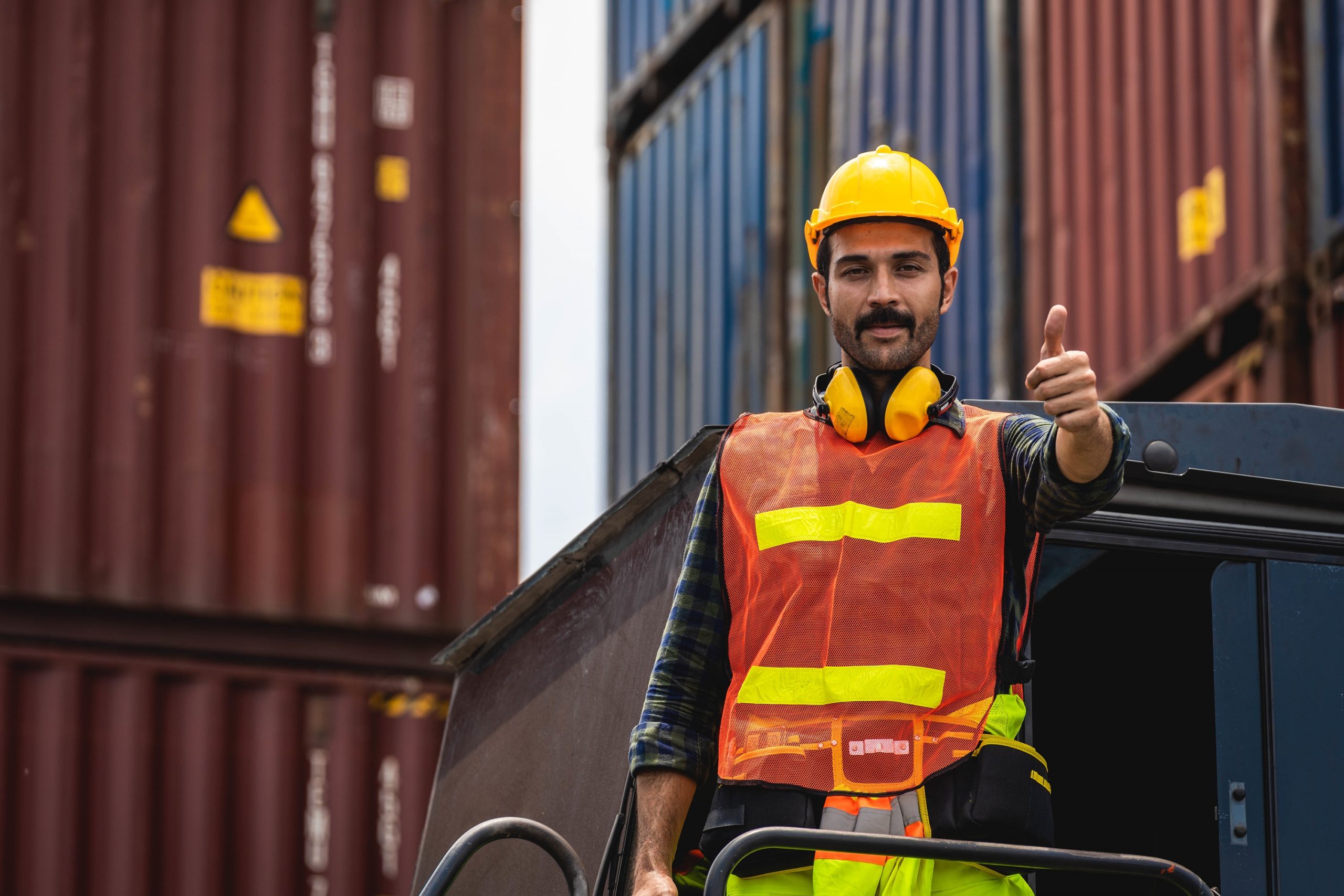Injuries and illnesses in construction sites aren’t uncommon. The threat to the life and health of workers comes from several sources – working at a height, electrocution, machinery failure, contact with hazardous and toxic materials and accidents. According to an NDTV report, more than 77 deaths had occurred between 2012 and 2015. This, however, is only the official count. Most injuries and even deaths are unreported across the Indian continent. Another independent survey reveals that about 452 construction workers have died and 212 have been injured between 2013 and 2016. The most depressing thing about the Indian construction industry is that the risk to worker safety is still ignored. Workers go about without proper safety equipment and most of them aren’t even trained for the kind of risk they take to earn their livelihood. There’s still time for mechanical and technical replacement for construction jobs in India but until it happens, it is crucial that builders take care of worker’s safety.
Indian Regulations Dealing with the Working Conditions
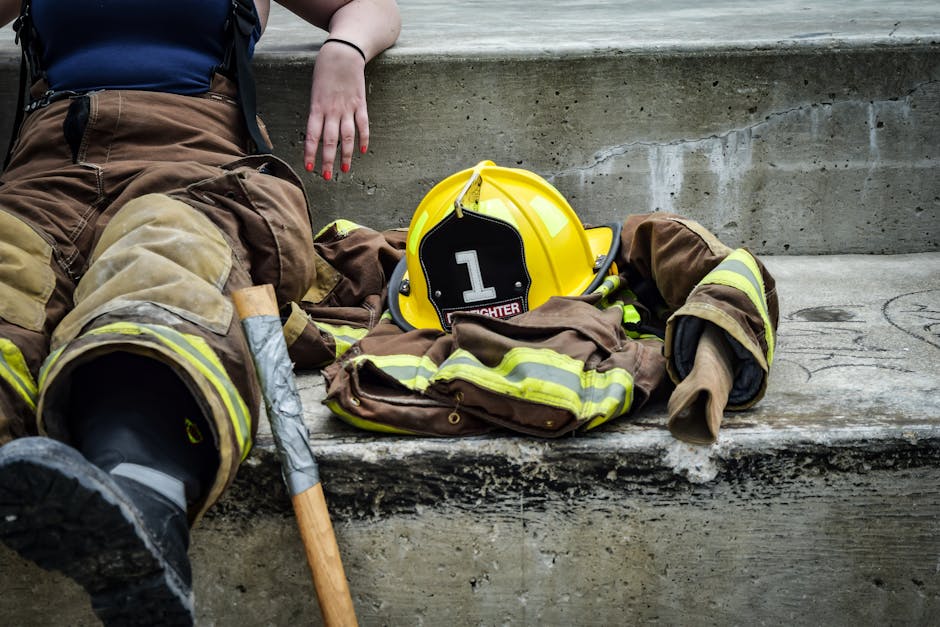
The Indian construction industry is the second largest contributor to the nation’s economy. Further, more than 16% of the Indian population earns their livelihood as construction workers in 2013, about 3.2% of deaths are associated with falling from a height. Further, 12803 deaths were associated with electrocution in 2013. Apart from accidental deaths, construction workers in India are constantly exposed to hazardous chemicals like asbestos, cement and welding fumes. Noise and vibrations to account for risk to health. While the industry is set to pick pace in the coming years, the government has also established regulation how construction workers are supported. They include:
- The Fatal Accidents Act, 1885
- The Workmen’s Compensation Act, 1923
- The Factories Act, 1948
- The Employees State Insurance Act, 1948
- The Central Labor (Regulation & Abolition) Act, 1970
- Building & Other Construction Workers (Regulation of Employment and Conditions of Services) Act, 1996
- Building & Other Construction Workers Welfare Cess Act, 1996
- Building & Other Construction Workers (Regulation of Employment and Conditions of Services) Central Rules, 1998.
- The National Building Code of India, 2005
Construction Site Safety – 7 Effective Tips
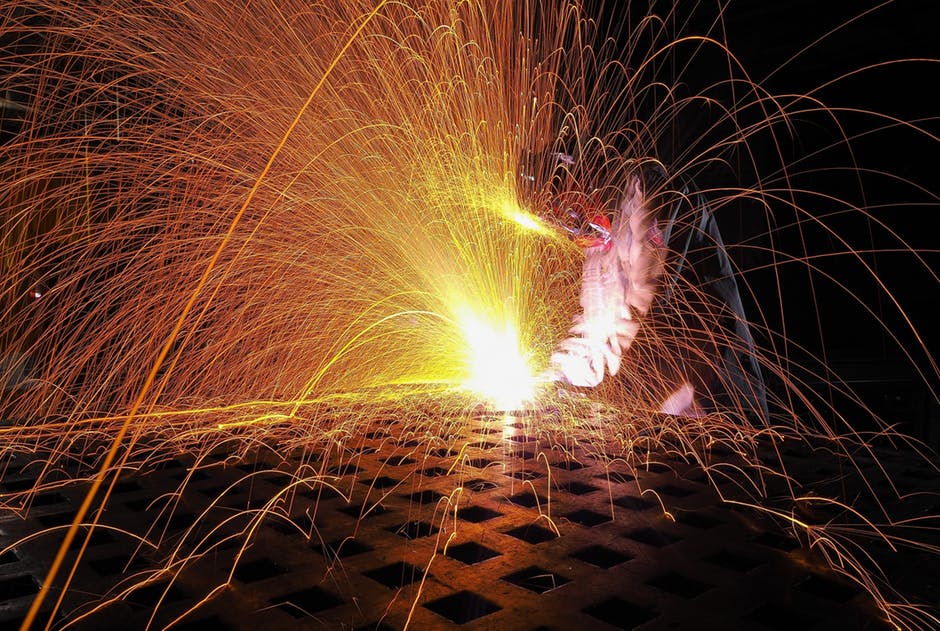
Cifuentes 1. Provide Fall Protection Systems: Falling from unsecured heights is one of the biggest contributors to worker deaths and injuries in India. Employers need to better access job sites and invest in safety equipment that secures a worker. This includes both securing the worker to a safety line and provide safety helmet to not risk an injury from falling objects.
http://debashishbanerji.com/reviews/the-religious-the-secular-and-the-spiritual-by-robert-minor/ 2. Scaffolds Should Be Installed By Professionals: more than 65% of the risky construction jobs are done in scaffolds. Consequently, workers are more at risk of falling and electrocution. It is important that all scaffolding jobs are done by trained professionals who are knowledgeable about the specialized safety equipment. This also includes the maximum amount of load they carry while working on scaffolds. Scaffolding should be designed so as to offer a solid footing for workers, be completely planked and away from any dangerous power lines.
3. Inspect All Ladders And Stairways: Inappropriate and faulty ladder has also been a reason for workers falling from their job sites. It is necessary that employers choose to work with the most suited ladder systems associated with the site of work. Workers should also be regularly trained about new ladder systems.
4. Provide Training to Workers: Most construction workers in India come from rural areas looking for jobs. They are inexperienced and lack training in using safety gear. It is necessary that workers are chosen properly and that all are given the necessary training before being put on the job.

5. Provide Eye, Face And Head Protection: Injuries to the eye, face of head doesn’t just risk a setback but can be crippling for any worker. It is mandatory for employers to issue the right kind of protective gear to all workers and even take care of special needs of each individual worker.
6. Have a Written Hazard Communication Program: Most times, workers aren’t informed or are knowledgeable about the health and safety risks they are put to in construction sites. It is necessary that they are able to read and understand Material Safety Data Sheets and are prepared for the same.
7. Implement Safety Programs: The aim of any construction design should be to offer a site that is suitable for the kind of job that needs to be done. Safety programs ensure that workers understand the risk and are well prepared to face the challenges without risking their life or health.
Final Thoughts
Safety in construction site comes at a price but has no alternative. While safety regulations and programs exist, there is no going back from an injury or death. Safety consequently should be of paramount importance.
Curated by editor at Wienerberger India
Like this story? Or have something to share? Write to us: gosmartbricks@gmail.com or connect with us on Facebook and Twitter.


